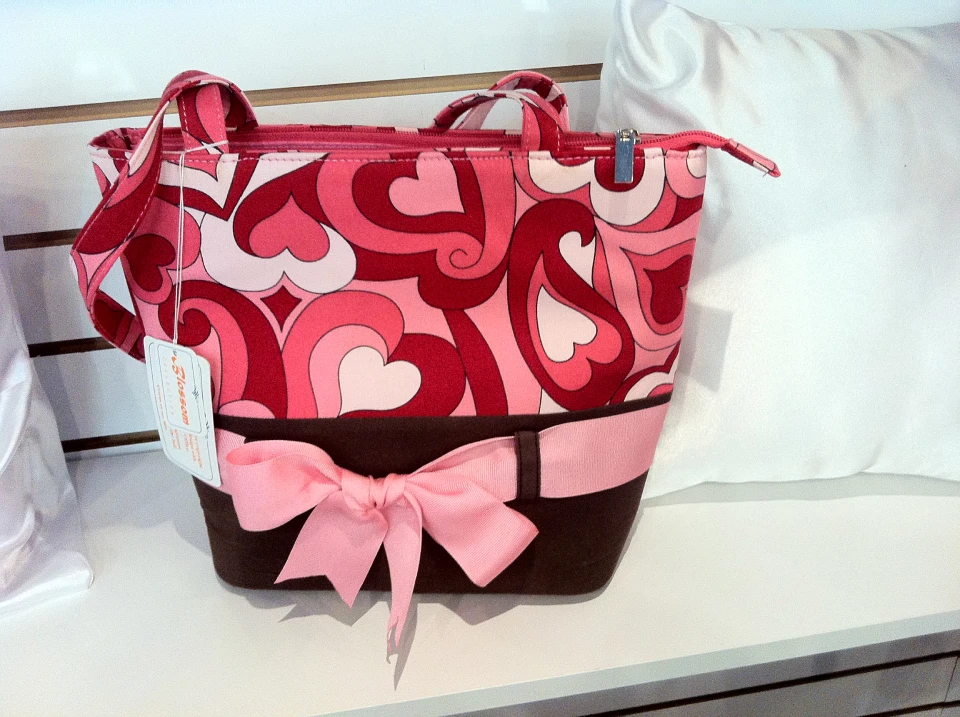Sophisticated Monogramming on Towels for a Touch of Luxury
Sophisticated Monogramming on Towels for a Touch of Luxury
Blog Article
The Art of Personalized Embroidery: Unlocking the Secrets to Creating Unique and Remarkable Layouts
Needlework, a craft steeped in tradition and virtuosity, holds within its elaborate stitches the power to change material right into a canvas of one-of-a-kind expression. The keys to developing customized embroidery styles that mesmerize the eye and leave an enduring perception hinge on a fragile equilibrium of strategy, creative thinking, and interest to information. As we dig right into the world of customized embroidery, we reveal the nuanced interaction in between thread choice, sew complexity, and layout customization that boosts a simple garment to a job of art. Join us on a journey with the art of custom-made embroidery as we decipher the mysteries behind crafting genuinely extraordinary and unique creations.
Selecting the Right Embroidery Threads
When picking embroidery strings, what crucial elements should you take into consideration to make certain the most effective outcomes for your custom styles? The selection of embroidery thread is essential in identifying the last end result of your stitched design. Among the main factors to consider is the product of the thread. Different materials such as cotton, polyester, rayon, and silk provide varying levels of shine, durability, and texture. It is necessary to select a string product that enhances the fabric you are embroidering on and lines up with the desired look of the style.
Thicker strings can add measurement and structure to your design, while finer threads are optimal for elaborate information and little text. Furthermore, taking into consideration the color fastness and washability of the thread is critical to make sure that your customized styles preserve their quality and vibrancy over time.
Checking Out Different Stitch Strategies
To dive into the world of 'Exploring Various Stitch Techniques', one have to understand the details and nuances that each sewing method offers the art of embroidery. Various stitch methods not only add aesthetic rate of interest yet additionally add to the overall structure and measurement of the design. One prominent stitch method is the satin stitch, which entails closely jam-packed parallel stitches to create a smooth and shiny surface, perfect for filling out forms and developing bold lays out.
On the various other hand, the backstitch is a versatile method frequently utilized for outlining and adding fine information. It entails stitching backwards to create a solid line of embroidery. Furthermore, the French knot stitch includes a responsive component to styles, excellent for producing textured accents like flower facilities or decorative touches.
Checking out different stitch methods permits embroiderers to play with light, darkness, and deepness within their styles, raising the aesthetic appeal and creative quality of their needlework projects. By mastering different stitching techniques, one can open unlimited possibilities for producing special and unforgettable personalized embroidery items.
Incorporating Personalized Layout Components
Having actually discovered the details of different stitch methods such as the satin stitch, backstitch, and French knot, the focus now shifts towards incorporating personalized style aspects in customized embroidery projects. Customized style aspects play a crucial role in making needlework tasks really one-of-a-kind and remarkable. One method to integrate personalization is by adding initials, names, important link or significant dates to the design. This not just includes an individualized touch however Get More Information likewise boosts the nostalgic worth of the embroidery piece.
One more way to include tailored layout aspects is by consisting of signs or concepts that hold special meaning to the recipient or reflect their passions and personality. For instance, integrating a favored flower, pet, or hobby-related sign can make the needlework design extra purposeful and individualized. In addition, selecting colors that resonate with the recipient or straighten with the intended style can better enhance the customization of the needlework project.
Grasping the Art of Shade Coordination

One trick aspect of color coordination is recognizing shade concept. This includes recognizing how various colors communicate with each other, the emotions they communicate, and just how they can be incorporated to develop aesthetically attractive layouts. By applying color theory concepts, embroiderers can produce unified color palettes that boost the overall appearance of the design.
Furthermore, taking note of contrast is vital in shade control. Using contrasting colors can assist specific aspects of the style pop, improve clarity, and create a visually vibrant needlework item. By grasping the art of shade coordination, embroiderers can boost their styles and create unforgettable items that reverberate with customers and visitors alike.
Enhancing Structure With Advanced Embroidery Stitches
French knots, for instance, are excellent for adding little, increased dots to your layout, simulating the appearance of grains or creating a textured surface area. Bullion knots, on the various other hand, can be used to create twisted, ropelike elements that add an extravagant feel to the embroidery. Seed stitching involves small, scattered stitches that can fill up in areas with a polychromatic structure, while turkey job creates fluffy, dimensional accents reminiscent of animal hair or foliage. Trying out with these sophisticated embroidery stitches allows you to press the limits of traditional needlework and produce truly distinct and visually enticing appearances in your layouts.
Final Thought
To conclude, the art of personalized embroidery includes a mix of selecting the ideal strings, discovering numerous stitch techniques, including tailored layout aspects, grasping shade coordination, and improving appearance with sophisticated stitches. By recognizing and executing these crucial elements, embroiderers can produce unique and remarkable styles that display their creativity and ability. Needlework fanatics can open the tricks to developing gorgeous and custom items that attract attention and leave a long lasting impression.
Report this page